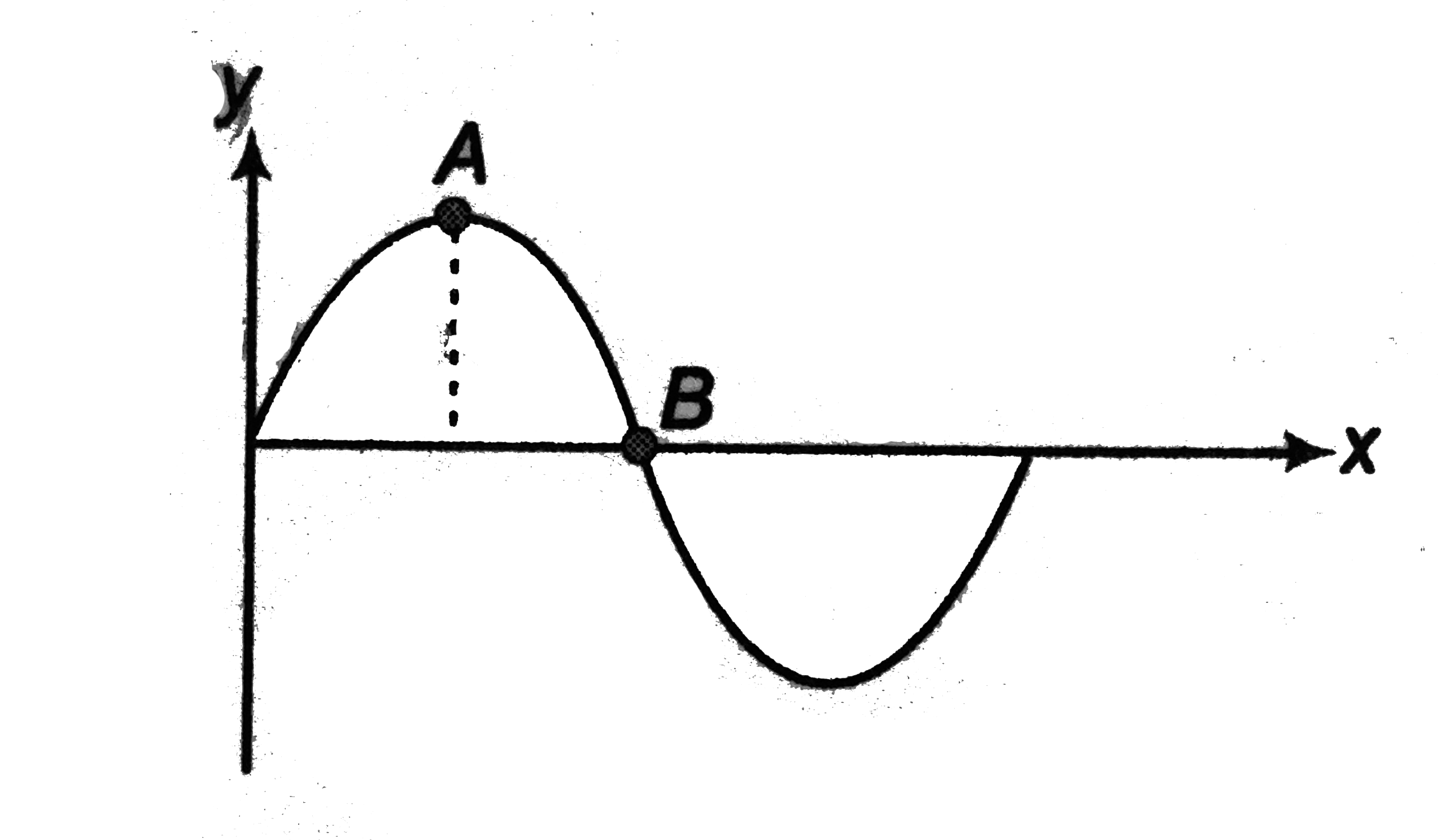(a) Describe potential energy and kinetic energy with proper examples.
(b) State difference between energy and power.
Step-by-Step Solution
1. Definition of Potential Energy:
- Potential energy is the energy stored in an object due to its position or configuration. It has the potential to do work when released.
2. Example of Potential Energy:
- A classic example of potential energy is a book placed on a shelf. The book has gravitational potential energy because of its height above the ground. If it falls, this potential energy will convert into kinetic energy as it accelerates downward.
3. Definition of Kinetic Energy:
- Kinetic energy is the energy of an object in motion. It depends on the mass of the object and the speed at which it is moving.
4. Example of Kinetic Energy:
- A moving car is a good example of kinetic energy. The faster the car moves, the more kinetic energy it has. The formula for kinetic energy (KE) is given by:
KE=12mv2
where m is the mass of the car and v is its velocity.
---
(b) State the difference between energy and power.
1. Definition of Energy:
- Energy is the capacity to do work. It can exist in various forms such as kinetic energy, potential energy, thermal energy, etc. Energy is measured in joules (J).
2. Definition of Power:
- Power is the rate at which energy is transferred or converted. It indicates how quickly work is done or energy is used. Power is measured in watts (W), where 1 watt equals 1 joule per second.
3. Difference:
- The key difference between energy and power is that energy is a measure of the total amount of work done, while power measures how fast that work is done. For example, if two machines do the same amount of work but one does it in half the time, the faster machine has a higher power rating.
---
- Potential energy is the energy stored in an object due to its position or configuration. It has the potential to do work when released.
- A classic example of potential energy is a book placed on a shelf. The book has gravitational potential energy because of its height above the ground. If it falls, this potential energy will convert into kinetic energy as it accelerates downward.
- Kinetic energy is the energy of an object in motion. It depends on the mass of the object and the speed at which it is moving.
- A moving car is a good example of kinetic energy. The faster the car moves, the more kinetic energy it has. The formula for kinetic energy (KE) is given by:
KE=12mv2
where m is the mass of the car and v is its velocity.
- Energy is the capacity to do work. It can exist in various forms such as kinetic energy, potential energy, thermal energy, etc. Energy is measured in joules (J).
- Power is the rate at which energy is transferred or converted. It indicates how quickly work is done or energy is used. Power is measured in watts (W), where 1 watt equals 1 joule per second.
- The key difference between energy and power is that energy is a measure of the total amount of work done, while power measures how fast that work is done. For example, if two machines do the same amount of work but one does it in half the time, the faster machine has a higher power rating.
Topper's Solved these Questions
Similar Questions
List the differences between energy and power.
View SolutionDifferentiate between energy and power
View SolutionMechanical energy and kinetic energy
View SolutionA man going up has potential energy and kinetic energy both.
View SolutionDefine potential energy with an example.
View SolutionPotential energy is converted into kinetic energy by
View SolutionAssertion: y−x graph of a transverse wave on a string is as shown in figure. At point A potential energy and kinetic energy both are minimum.
Reason : At point B kinetic energy and potential energy both are maximum.
View SolutionWhat is potential energy ? State its unit.
View SolutionState wo differences between potential energy and kinetic energy
View SolutionPotential energy changes into kinetic energy when it is put to use. True/False.
View Solution
